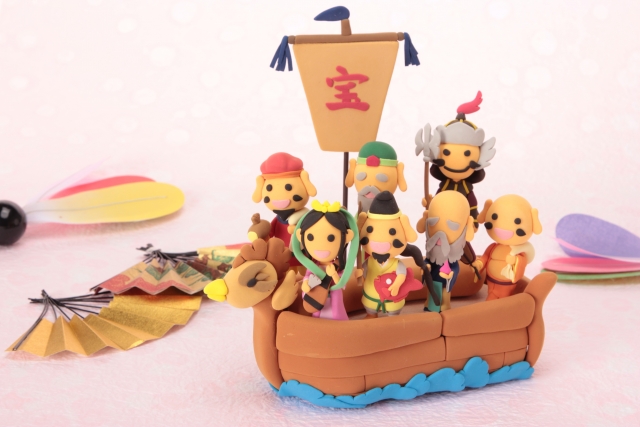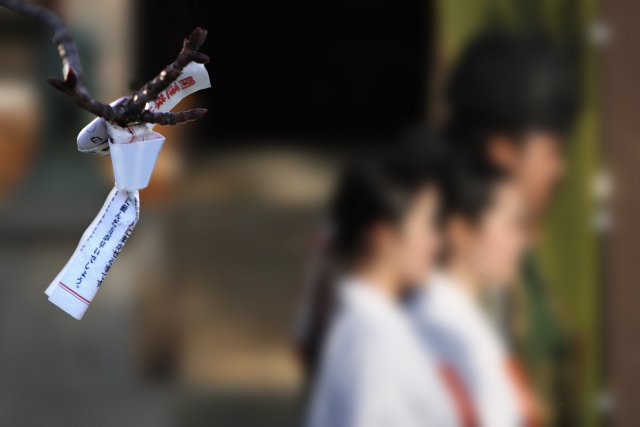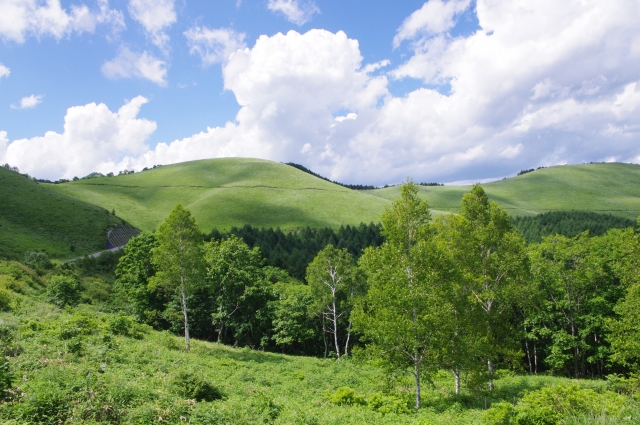
December 25th is Christmas.
It is the feast of the birth of Jesus Christ.
At the First Council of Nicaea in 325 A.D., the date for celebrating the birth of Christ was discussed, and it was decided that December 25, which falls on the winter solstice, would be the day to celebrate the birth.
It was decided that December 25, the winter solstice, would be the “day to celebrate the birth,” not the “birthday of Jesus Christ”.
In Mithraism, one of the ancient Roman religions, December 25 was considered to be the day when the immortal sun was born, and there was a “Winter Solstice Festival” to celebrate the sun god Mithra.
This winter solstice festival is believed to be the origin of this festival.
Christmas is spent mainly with family, and presents are placed under the Christmas tree (an evergreen tree, generally a fir tree), and it is said to be a day of love, the feeling of giving gifts.
The reason why evergreen trees are used is because they remain green during the winter and are considered a symbol of strong vitality.
By the way, the Christmas tree has nothing to do with Christ.
The prototype is an oak tree that was used in the winter solstice festival called “Yule” by the ancient Germanic tribes who lived in Northern Europe.
Now, why is the title “Christmas and Shintoism”?
Actually, they do the same thing, albeit with different names.
Shintoism is a form of nature worship called HIMOROGI and IWAKURA.
Out of gratitude, awe and reverence for life and nature, symbolic objects in the land, not limited to trees, are regarded as sacred bodies.
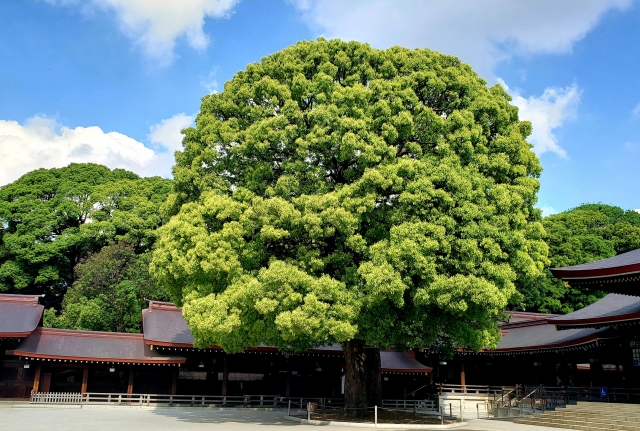
Also, during the New Year, people decorate their houses with “Kadomatsu”, New Year’s decorations made of pine trees and bamboo, which are set up in front of the gates of houses.
It is a New Year’s decoration that has come to be displayed at the gates and entrances of houses as a landmark or substitute for the visit of the New Year’s god.
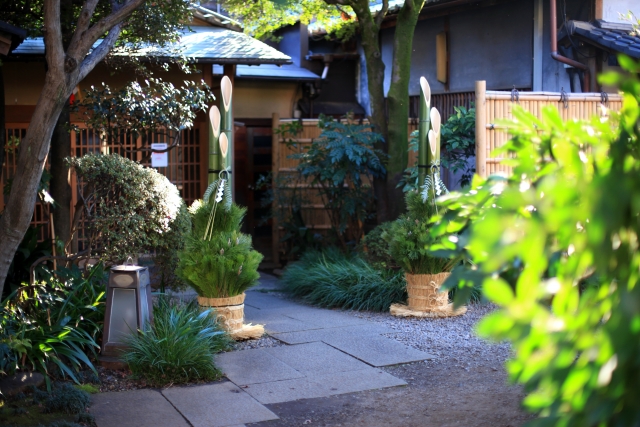
It is said that “pine trees bind a thousand years, and bamboo trees bind ten thousand generations”.
In the Christmas tree, the evergreen fir tree is visited by “Santa Claus”, the god of the year.
In the same way, the “New Year’s God” visits the “Kadomatsu”.
At Christmas time, parties are held.
In Shintoism, there is also an event called “Naorai”, where all the participants in the ritual have a drink and eat the sacred wine at the end of the ritual.
Although the content and names of the rituals are different, they have something in common.
Perhaps it’s the reverence for nature that is put into it.
It is also interesting to try to imagine the underlying values.


